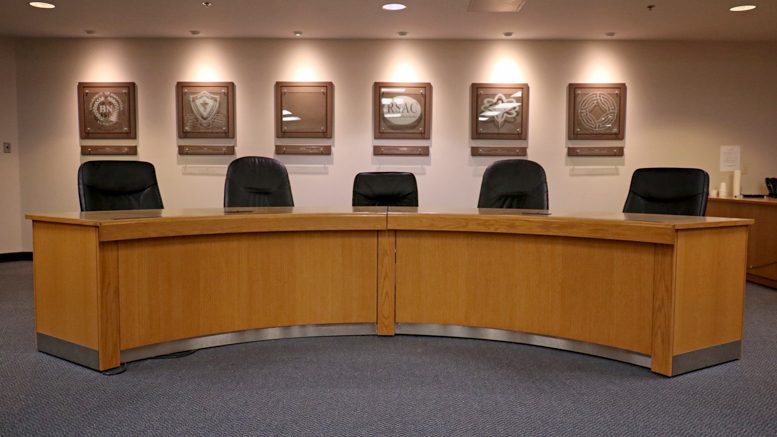In the throes of yet another UMSU election, it is often easy to become distracted by the high-profile executive positions. These roles are typically contested by well-organized teams with student leaders who have talent, enthusiasm, and experience. The executive committee is responsible for the day-to-day operations of the union, so it is natural that these candidates are the primary focus of attention. This may be the nature of things, but the problem is that other elected positions are often drowned out and don’t receive the same level of interest or consideration.
UMSU exists to identify and fill gaps in the student experience through advocacy, services, and programming. The five community representative positions – womyn’s representative, international students’ representative, LGBTTQ* representative, Aboriginal students’ representative, and students living with disabilities representative – are of particular importance because they speak on behalf of traditionally marginalized communities that benefit from the collective action of their community. These individuals give voice to their constituency groups through their representation at UMSU council, the governing body of the union. This platform is incredibly important because it is used to educate the rest of council and the student body as a whole to the very real needs and issues of these groups.
Marginalized groups are by definition those who are systematically disadvantaged relative to others. Those representing these communities are, in turn, often operating from a deficit given that they themselves are a member of that marginalized community. That is why it is so important that the electoral process and subsequent governance system create space to level the playing field and ensure that students feel empowered to stand for election and use their voice to advance their community’s interests.
The starting point should be in how elections are run and publicized. There are always ways to amplify the voices of these representatives and put them front and centre in the public dialogue. These measures do not have to be revolutionary either – an email could be sent out to the student body, specifically focusing on these community positions and their policies. UMSU could also continue to hold a separate community representatives election forum in order to increase dialogue with constitutents and the student body at large.
These election-period actions, however, are not a substitute for the institutional support that will be required if attracting more candidates, interest, and support to these positions is the ultimate goal. UMSU can play a role in facilitating this process by ensuring community representatives have support once they are elected. This can include information sessions for the representatives on the history and policies of the union, financial resources to attend conferences and workshops pertaining to their role, as well as UMSU staff support for research and advocacy initiatives.
One way to expand the profile and platform of these representatives would be through an “advocacy report” that UMSU could distribute to the student body on the representatives’ behalf with issues that the community has brought forward, notices about upcoming events, and information on how to get involved on campus with specific regard given to the five currently identified community representatives.
UMSU community representatives need more resources so the advocacy of marginalized groups can be carried out more efficiently, more substantially, and with greater impact. For a union, there’s no reason not to raise up those members who have historically been knocked down.


